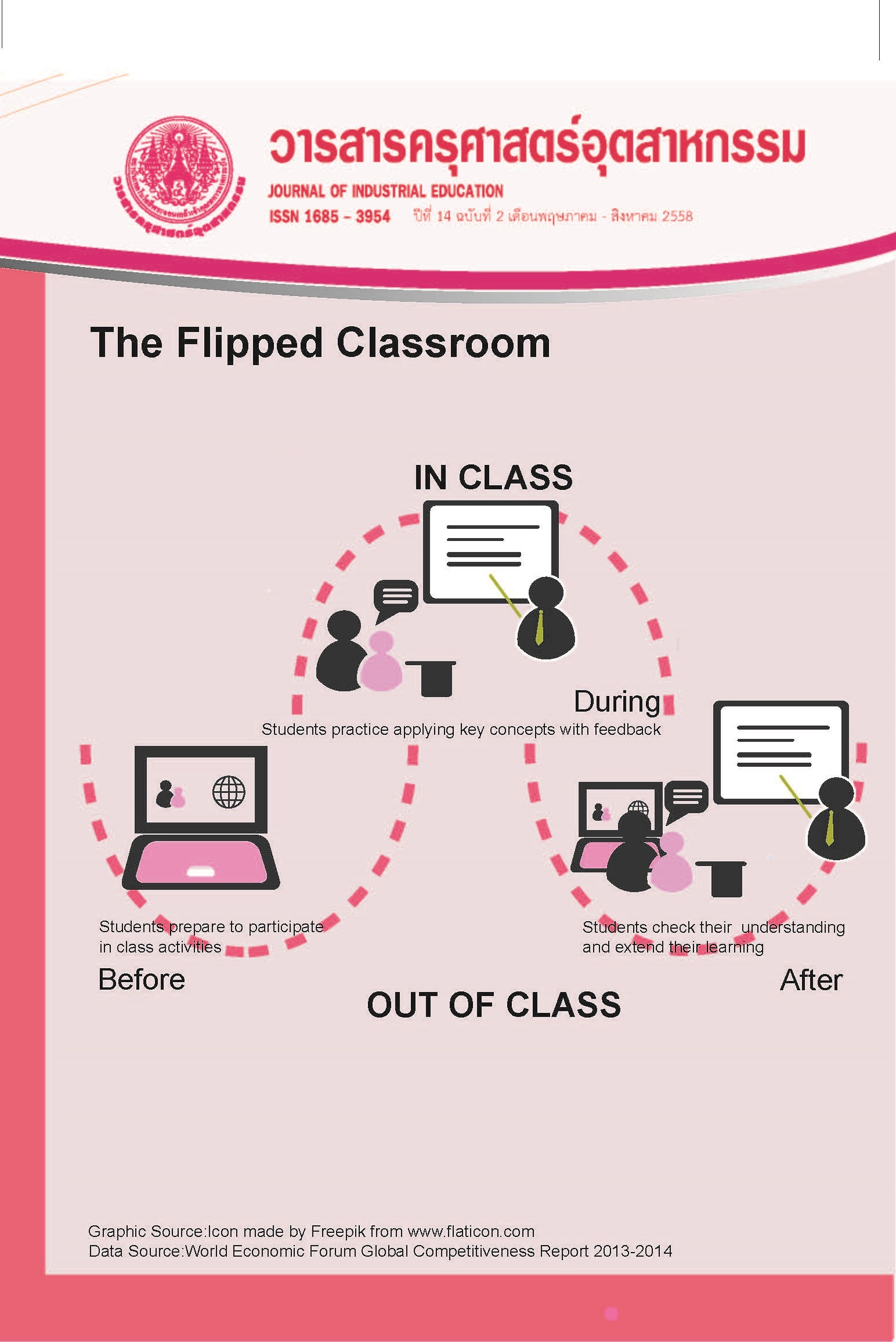Model of Environmental Education Strategy Integrated with Traditional Knowledge for Primary School Administrator
Main Article Content
Abstract
The research objective was to develop a casual relationship model of exogenous latent variables of traditional knowledge for environmental conservation, administrator characteristics, teacher characteristics and environmental education principle that effected environmental education strategy use through inspiration of public mind for environmental conservation. Population was primary school administrator under educational area of Maha Sarakham 1-3. The questionnaire was employed to collect sample by simple random sampling of 400 primary school administrators. It had IOC of 0.50 with reliability of 0.992. Structural Equation model (SEM) was used for model verification.
The results revealed that the structural model of confirmatory factors of Traditional Knowledge for Environmental Conservation (TEC), Administrator Characteristics (AC), Teacher Characteristics (TC) and Environmental Education Principle (EE) were able to explain the variation of endogenous factors of Inspiration of Public Mind for Environmental Conservation (IPM) that caused Environmental Education Strategy Use (EES) with 83.00 percent. The variable that had the most effect to EES was IPM with effect 0.65. Moreover, confirmatory factors of TEC, AC, TC and EE were able to explain the variation of confirmatory factors of IPM) with 88.00 percent. The factor that had the most effect to IPM was EE with the effect of 0.93. The indices of Chi-Square value/df = 1.274 (<5), GFI and AGFI > 0.90, RMSEA and RMR<0.05 and critical number = 276.31 (> 200) indicated that the developed model was congruent to empirical data.
Article Details
"The opinions and contents including the words in papers are responsibility by the authors."
"ข้อคิดเห็น เนื้อหา รวมทั้งการใช้ภาษาในบทความถือเป็นความรับผิดชอบของผู้เขียน"
References
[2] Thiengkamol, N. 2011e. Environment and Development. (4th ed.). Bangkok: Chulalongkorn University Press.
[3] World Commission on Environment and Development (WCED). 1987. Our Common Future. Oxford: Oxford University Press.
[4] TICA. 2013. Traditional Knowledge and Thailand Agricultural Studies Center for Development. Retrieved June 18, 2012, from https://tica.thaigov.net/main/en/information/2237/28988-15.-Local-Wisdom-and-Thailand- Agricultural-Studies.html
[5] Freedman, L. 2013. Strategy: A History. New York: Oxford University Press.
[6] Thiengkamol, N. (2007). Globalization Administration. Bangkok: Saengchai Publishing.
[7] Mintzberg, H. 1994. “The Fall and Rise of Strategic Planning”. Harvard Business Review.
[8] McKeown, M. 2008. Max Headroom. People Management, 14(4), pp28–32.
[9] Young, R. 2008. Interview with Max McKeown, Strategic Direction, 24(9), 28-30.
[10] Department of Environment 2004. Environmental Education Strategy and Action Plan. Government of Western Australia. Retrieved 26 August 2012 from https://www.dec.wa.gov.au/publications/doc_download/1737- environmental-education-strategy-andaction-plan.html
[11] Thiengkamol, N. 2012h. Model of Environmental Education and Psychological Factors Affecting to Global Warming Alleviation. Mediterranean Journal of Social Sciences, 3(11), 427-434.
[12] Donkonchum, S., & Thiengkamol, N. 2012. Model of Environmental Education and Psychological State Affecting to Global Warming Alleviation. International Proceedings of Economic Development and Research, 44(1), 1-5.
[13] Gonggool, D., Thiengkamol, N., & Thiengkamol, C. 2012b. Development of Environmental Education Volunteer Model through Inspiration of Public Consciousness for Sustainable Development. European Journal of Social Sciences, 32(1), 150-160.
[14] Saisunantharom, S. Thiengkamol, N., Thiengkamol, C. 2013a. Casual Relationship Model of Biodiversity Conservation. European Journal of Scientific Research, 104(3), 460-474.
[15] Lavrakas, P.J. 2008. Encyclopedia ofSurvey Research Methods. New York: Sage.
[16] Rovinelli, J., & Hambleton, K. 1977. On the use of content specialists in the assessment of criterion-referenced test item validity. Dutch Journal of Educational Research, 2, 49-60.
[17] Kamin, P., Thiengkamol, N., Thiengkamol Khoowaranyoo, T. 2014. Environmental Education and Public Mind Affecting Forest Conservation Behavior. Journal of Industrial Education, 13(3), 181-187.
[18] Dejkunchorn, D., Prasertsri, N., Thiengkamol Khoowaranyoo, T. 2014. Development Model of School Landscape Management for Environmental Conservation. Journal of Industrial Education, 13 (3), 157-164.
[19] Srikaewtoom, N., Thiengkamol, N., Thiengkamol, C. 2014. Development Model of Biodiversity Conservation. Environmental Conservation. Journal of Industrial Education, 13(3), 142-148.
[20] Srichaimool, P., Prasertsri, N., Thiengkamol, C. 2014. Development Model of Household Food Security Management. Journal of Industrial Education, 13(3), 149-156.

